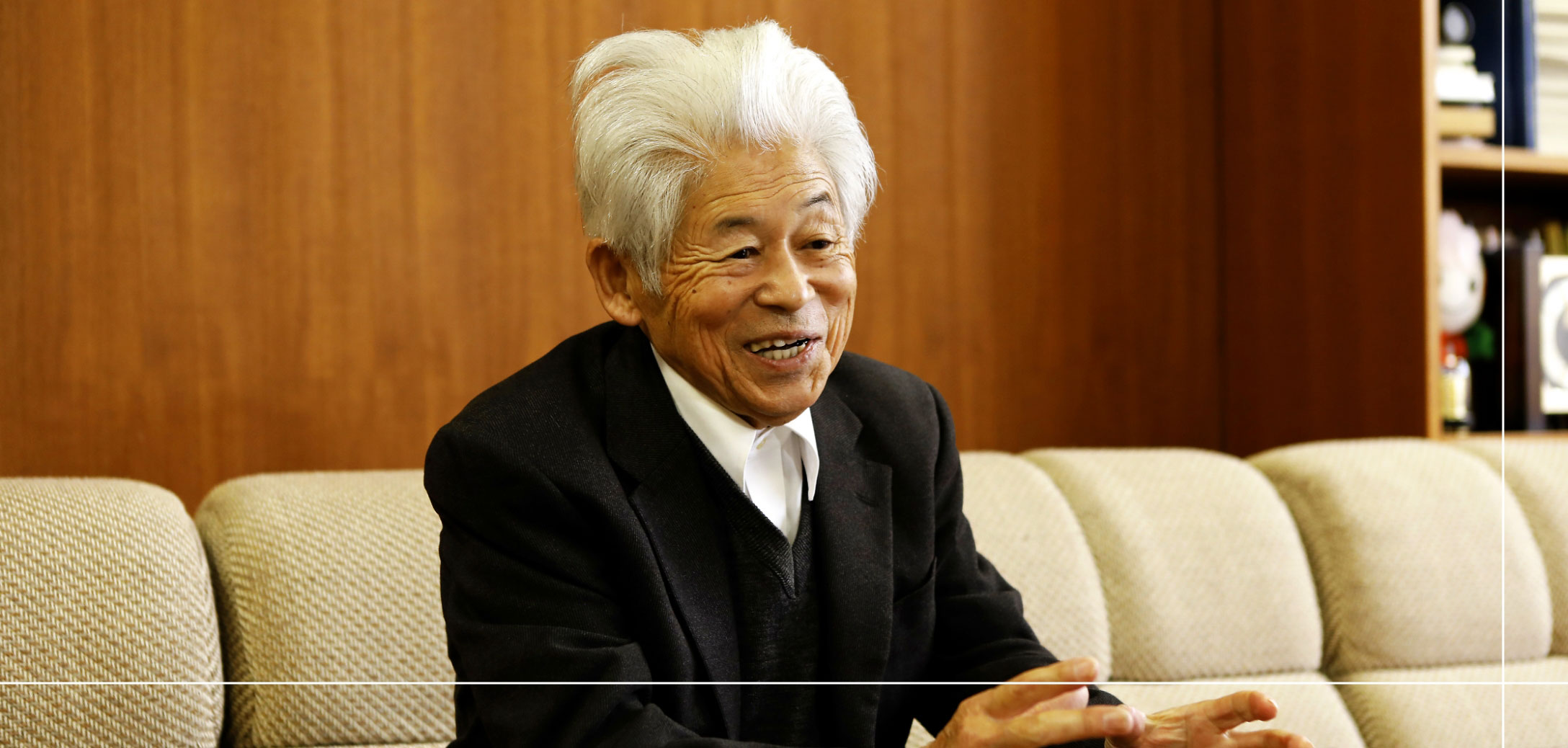The Other Side of Toyota, Japan's Leading Industrial City
In 1959, as Japan had entered its period of rapid economic growth, central Aichi Prefecture’s former samurai castle town of Koromo was chosen as the site for the world-famous Toyota Motor Corporation’s Motomachi Plant, Toyota’s second largest production facility after the nearby main plant. The name of the town was changed from Koromo to the now better-known Toyota, and the city’s population doubled over the next five years, as people came from across Japan in search of work. The city slowly expanded as the workforce grew, and modern-day Toyota City now covers around 17.8% of Aichi Prefecture’s total area, making it one of Japan’s largest cities, particularly in terms of manufactured goods shipped.
One of the main reasons why Toyota Motor Corporation chose this location was because of its abundant open land and water.
One of the charms of Toyota City is that urban functions and rich nature coexist in harmony. Seventy percent of the city is nature-rich mountain forest. Many areas still retain the attractive scenery of old Japanese mountain villages.

Among these mountains and quaint villages are the rare Shikizakura cherry trees that bloom twice a year, in spring and autumn.
These extraordinary cherry trees have become quite an attraction, particularly as their autumnal bloom coincides with the rich colors of fall.
The area features hot springs, traditional sake breweries and historical spots, such as Matsudaira-go, the birthplace of the Matsudaira clan, ancestors of the warlord and Shogun, Tokugawa Ieyasu, who brought an unprecedented 260 years of peace to feudal Japan. Enjoy the many facets of Toyota City, including its long history, beautiful nature, and powerful industry.


Interview with;
Mr. Yasumichi Mori, Cultural Property Manager, Toyota City
INTERVIEW

Mr. Iwao Shibata, former president of the Obara Cherry Blossom Protection Society
I heard that cherry blossoms, which are associated with spring, can be enjoyed together with the autumn leaves here in Obara.
That's right. The rare cherry blossoms here are called Shikizakura, and they bloom twice a year, in spring and autumn. They’re not as ornate as the usual Somei-yoshino cherry trees, but the flowers are small and pretty.
The best time to enjoy the Shikizakura cherry blossoms is from early to late November when the cherry blossom contrasts beautifully with the red maple trees. It really is most attractive. There are more than 10,000 Shikizakura cherry trees in the Obara area. They are beautiful up close, and from a distance they look like paintings.
Why is it that Obara has these special Shikizakura cherry trees?
The Shikizakura cherry trees in the Obara area were planted over the years by the local people. It’s a work of art that has been created over the years. The idea of creating this particular landscape came from me. The mountain where the Shikizakura cherry trees are now best enjoyed was an ordinary mountain about 20 years ago. With the cooperation of the landowner, we cleared the mountain and created a landscape where the Shikizakura cherry trees bloom. Also, the local Obara Junior High School gives a sapling to each student upon graduation, and the saplings are planted in the gardens of the graduates' homes, and so they bloom here and there.
So it’s thanks to the local people’s efforts that we can enjoy this wonderful scenery?
Yes. As well tree planting, the locals are united in working together to take care of the trees. It is a source of pride within the town. I am grateful for that.
The Obara Shikizakura Cherry Blossom Festival is held annually, right?
Yes, and every year it becomes more crowded. There are food stalls selling local delicacies such as gohei-mochi rice cakes, locally caught salted grilled ayu sweetfish, zenzai (sweet red bean soup), and sweet sake. Recently, "Ohka", a ginjo saké made with yeast from the flowers of the Shikizakura Cherry Blossom has been sold at local sake stores. Ohka is known for its mellow fruity taste and a hint of acidity. There’s a Japanese saying that "dumplings are better than flowers," but at the festival, you can enjoy the flowering Shikizakura cherry and delicious local foods together.
Obara, has various facilities where you can experience traditional Japanese culture, right?
That’s’ right, you can experience making traditional washi paper, at the Toyota City Obara Washi no Furusato, which is popular with people from overseas. Shikizakura cherry blossoms bloom on the grounds in autumn, and in the spring, mitsumata plants, the raw material for Japanese paper, also bloom. Another attractive place is the Senmi Yakushi-ji Buddhist Temple, with a statue of the deity, Yakushi Nyorai carved in the mid 16th century. You have to climb 163 steps to get to the main hall which is quite a challenge, but the cherry trees blooming on both sides of the steps and the mountain village seen from the temple grounds is spectacular.

